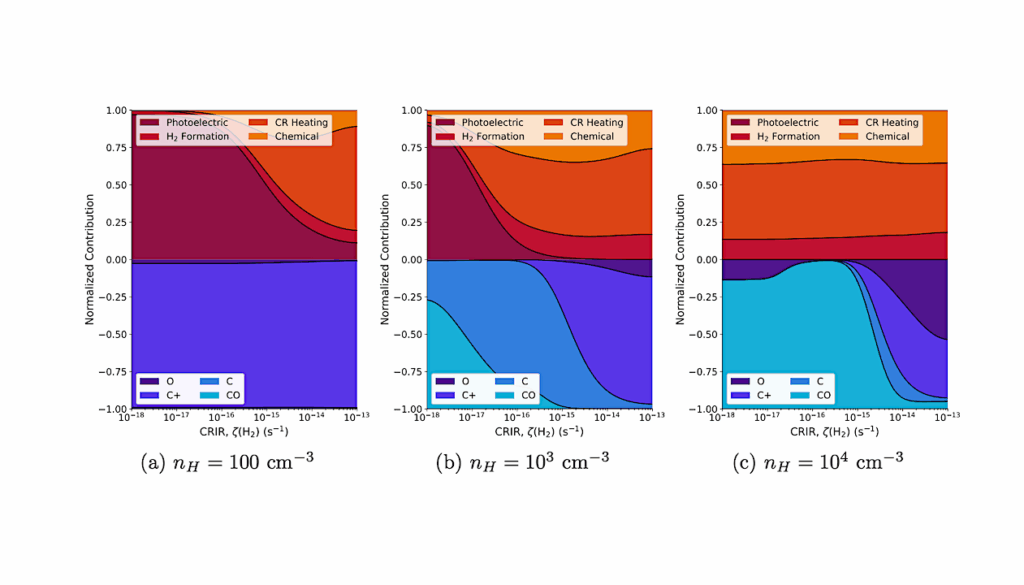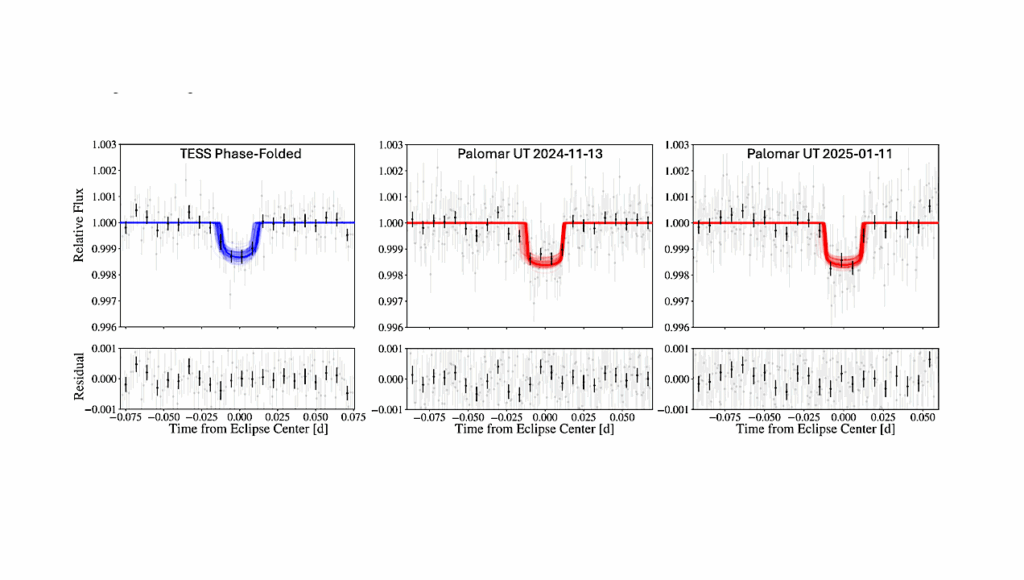Fresh View Of The Hot Brown Dwarf HD 984 B Through High-resolution Spectroscopy

Context. High-resolution spectroscopy has the potential to drive a better understanding of the atmospheric composition, physics, and dynamics of young exoplanets and brown dwarfs, bringing clear insights into the formation channel of individual objects.
Aims. Using the Keck Planet Imager and Characterizer (KPIC; R = 35,000), we aim to characterize a young brown dwarf HD 984 B. By measuring its C/O and 12CO/13CO ratios, we expect to gain new knowledge about its origin by confirming the difference in the formation pathways between brown dwarfs and super-Jupiters.
Methods. We analysed the KPIC high-resolution spectrum (2.29-2.49 µm)) of HD 984 B using an atmospheric retrieval framework based on nested sampling and petitRADTRANS, using both clear and cloudy models.
Results. Using our best-fit model, we find C/O = 0.50+0.01-0.01 (0.01 is the statistical error) for HD 984 B which agrees with that of its host star within 1σ (0.40+0.20-0.20). We also retrieve an isotopolog 12CO/13CO ratio of 98+20-25 in its atmosphere, which is similar to that of the Sun. In addition, HD 984 B has a substellar metallicity with [Fe/H] = -0.62+0.02-0.02. Finally, we find that most of the retrieved parameters are independent of our choice of retrieval model.
Conclusions. From our measured C/O and 12CO/13CO, the favored formation mechanism of HD 984 B seems to be via gravitational collapse or disk instability and not core accretion, which is a favored formation mechanism for giant exoplanets with m < 13 MJup and semimajor axis between 10 and 100 au. However, with only a few brown dwarfs with a measured 12CO/13CO ratio, similar analyses using high-resolution spectroscopy will become essential in order to determine planet formation processes more precisely.
J. C. Costes, J. W. Xuan, A. Vigan, J. Wang, V. D’Orazi, P. Mollière, A. Baker, R. Bartos, G. A. Blake, B. Calvin, S. Cetre, J. Delorme, G. Doppmann, D. Echeveri, L. Finnerty, M. P. Fitzgerald, C. Hsu, N. Jovanovic, R. Lopez, D. Mawet, E. Morris, J. Pezzato, C. L. Phillips, J. Ruffio, B. Sappey, A. Schneeberger, T. Schofield, A. J. Skemer, J. K. Wallace, J. Wang
Comments: 14 pages, 8 figures
Subjects: Solar and Stellar Astrophysics (astro-ph.SR); Earth and Planetary Astrophysics (astro-ph.EP)
Cite as: arXiv:2404.11523 [astro-ph.SR] (or arXiv:2404.11523v1 [astro-ph.SR] for this version)
Submission history
From: Jean Costes
[v1] Wed, 17 Apr 2024 16:15:23 UTC (8,881 KB)
https://arxiv.org/abs/2404.11523
Astrobiology








